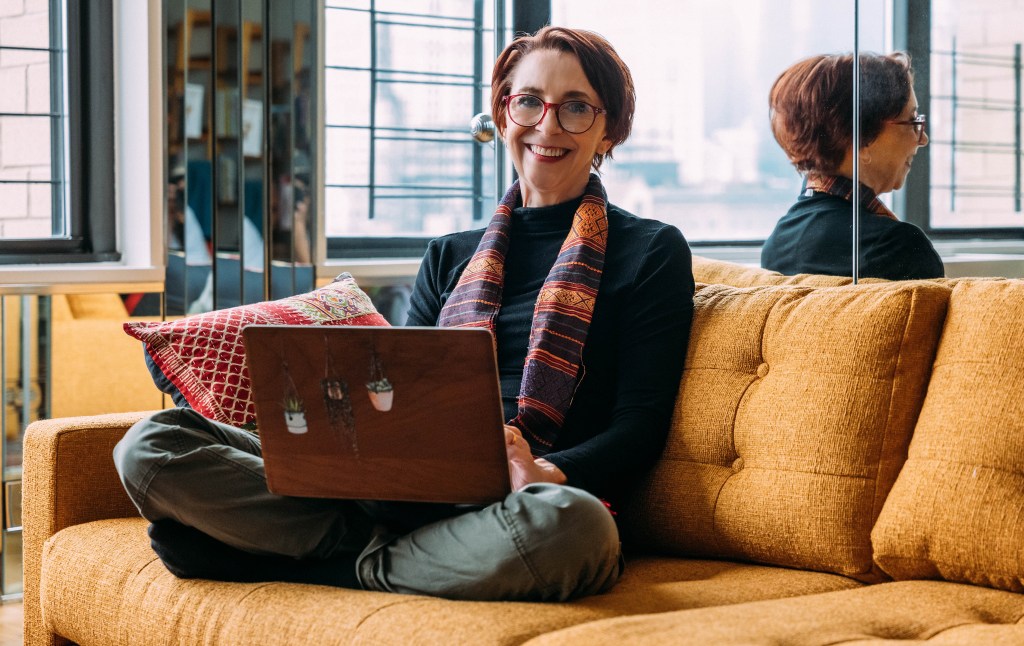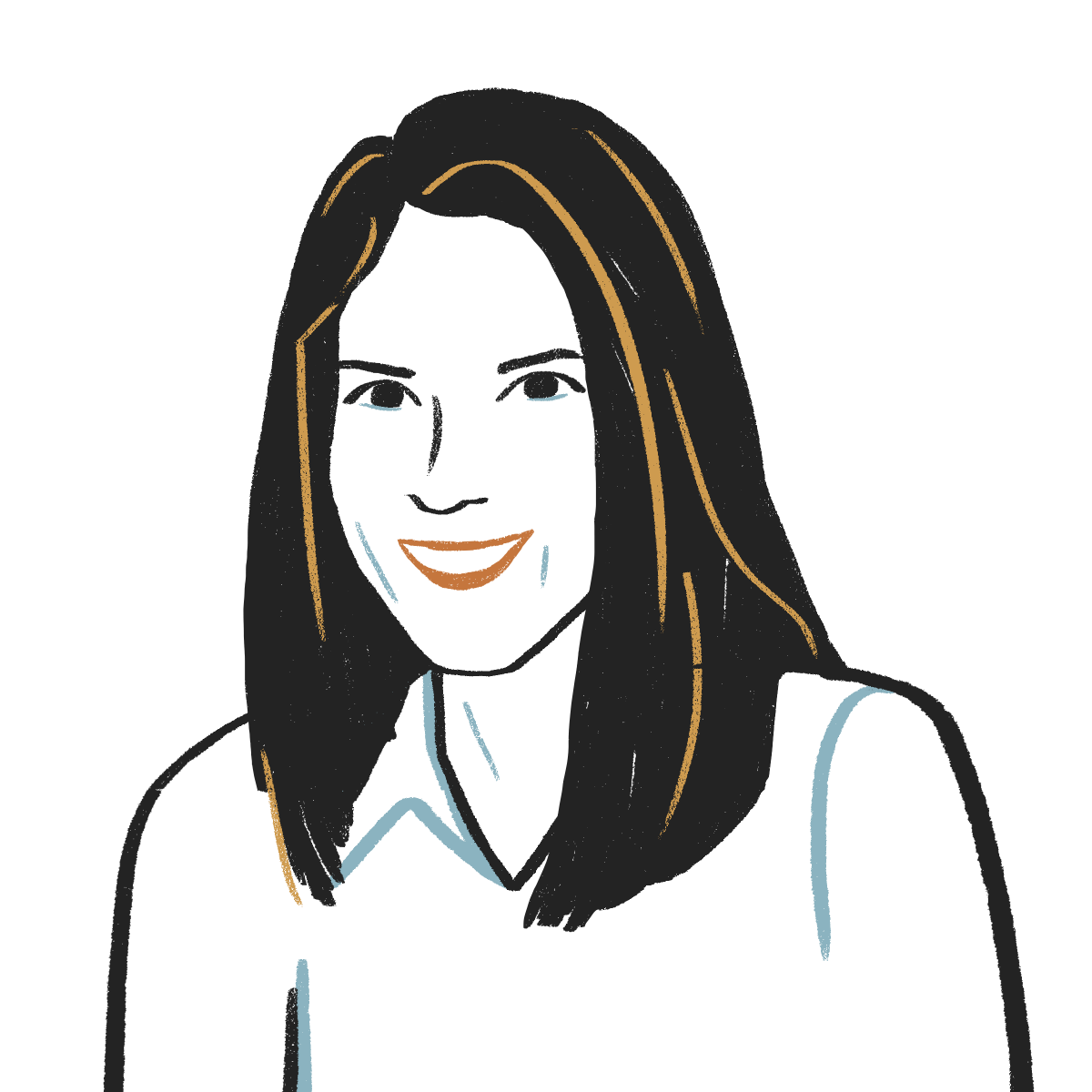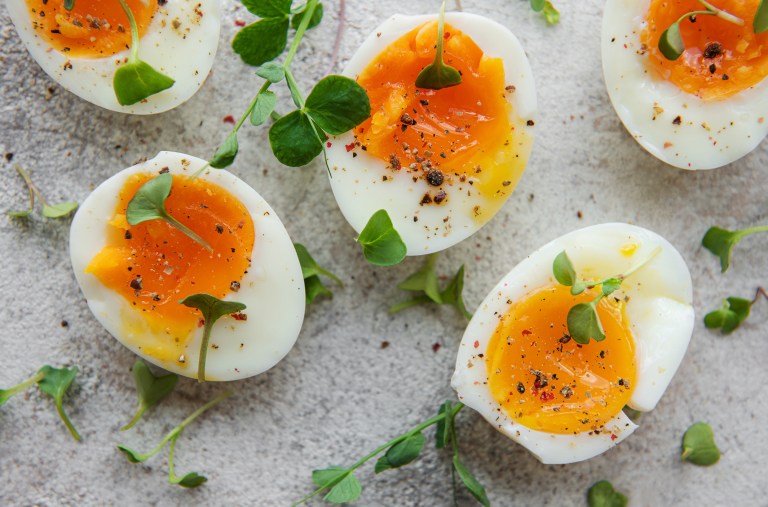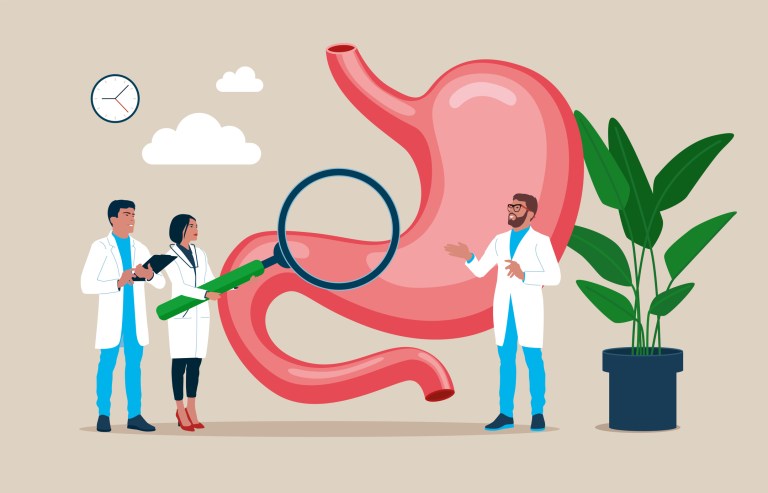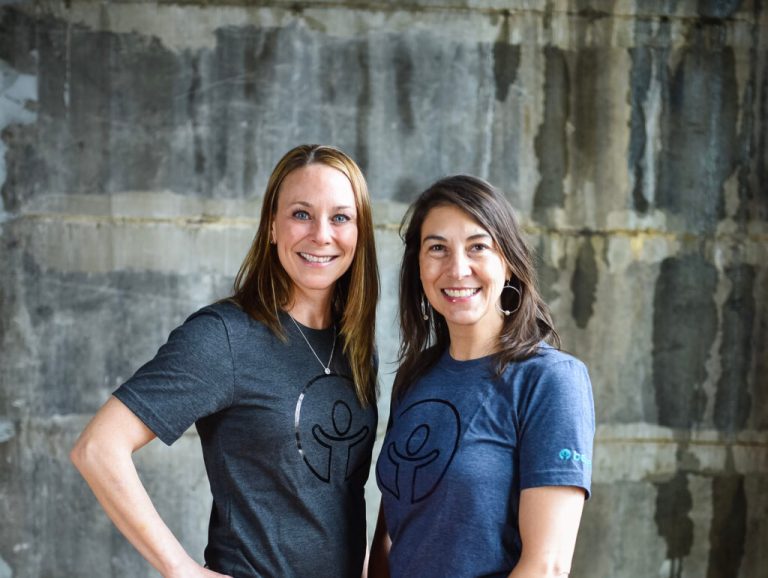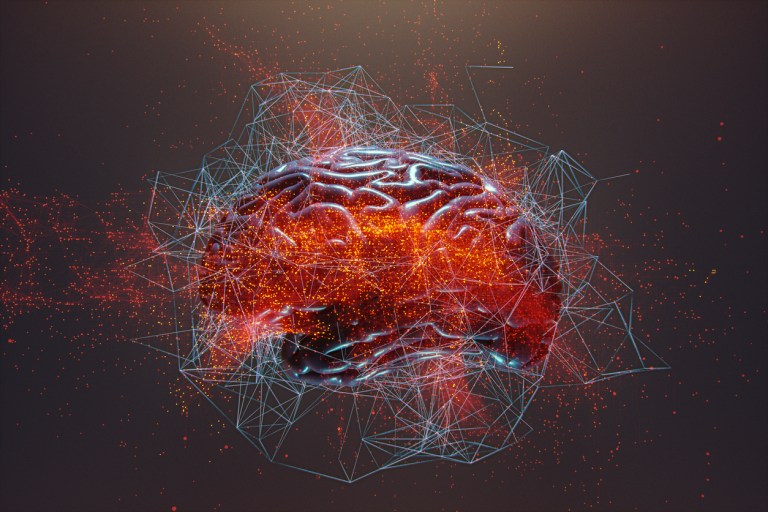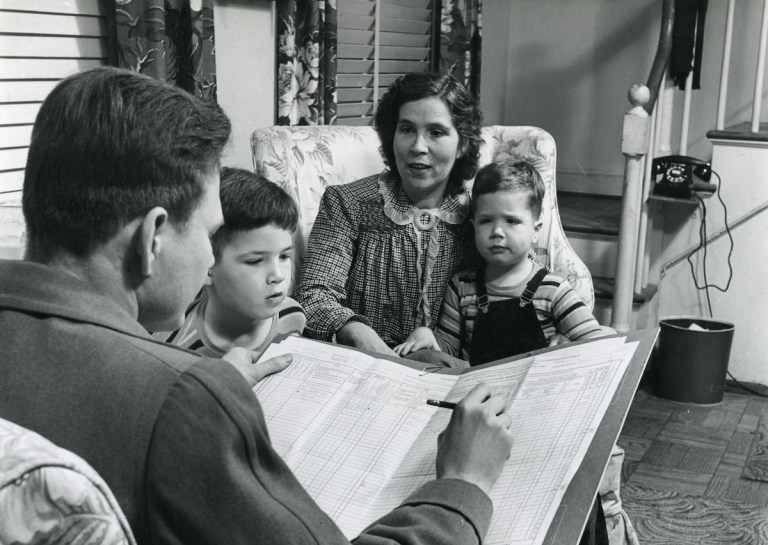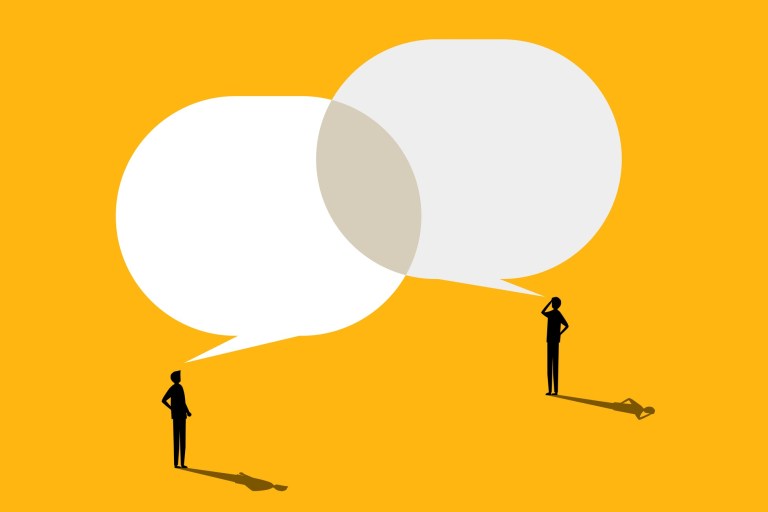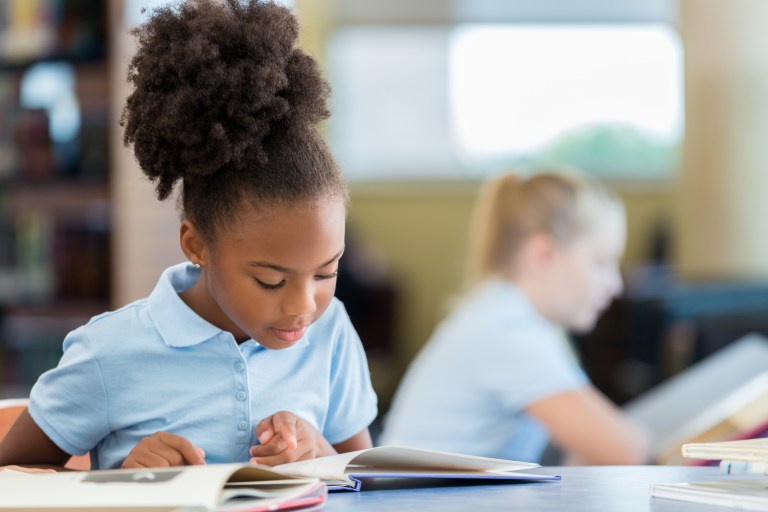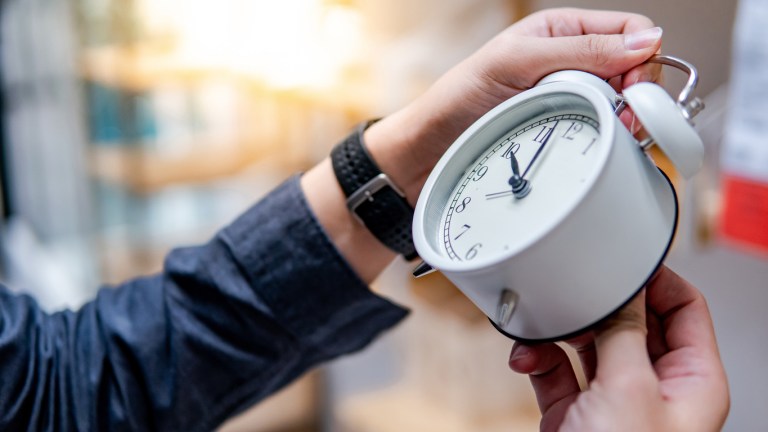Imagine you’re trying to comfort a small, scared animal. Would you lower your voice, slow your movements, and utter gentle words? Or would you try to analyze it, medicate it, and get rid of it?
Most of us would choose the former approach when it comes to a frightened creature — but when it comes to treating our own anxiety, we tend to go for the latter. Bestselling author Martha Beck says that’s a mistake. “We know what we would do if we found a starving kitten on the doorstep, and we wanted to make it feel better,” she explained in an interview with Nice News. “So if we can reach into that instinctive heritage and treat our own internal anxious creatures with that set of skills, which are evolved and innate, we calm right down.”
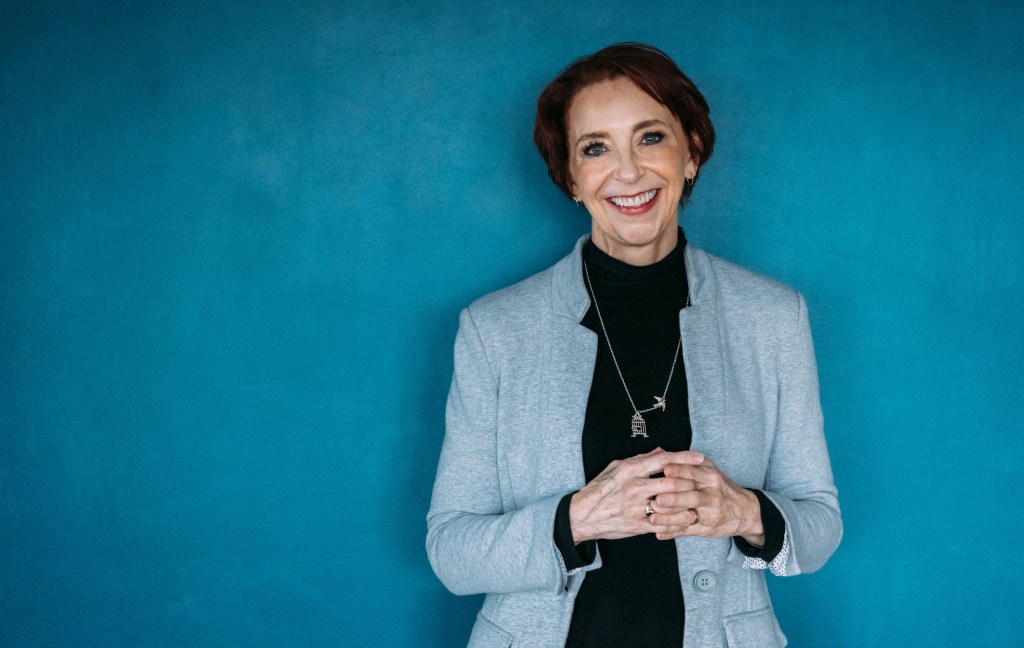
And Beck, who’s also famed for her role as “Oprah’s life coach,” would know. After earning three Harvard degrees in social science, dealing with intense anxiety that lasted “from birth to 60,” and meditating for thousands of hours over the years, she embarked on a mission to not just learn how to find a temporary state of calm, but to free herself from anxiety long-term.
That journey resulted in her latest book, published last month: Beyond Anxiety: Curiosity, Creativity, and Finding Your Life’s Purpose, which is chock-full of science-based insight as to why so many of us are consumed by anxiety, and what we can do about it. Perhaps the most eye-opening of her findings is the concept that creativity can shut down anxiety almost entirely — the inverse of the widespread notion that anxiety makes creativity impossible.
“I was particularly intrigued by the evidence that shows a kind of toggle effect between anxiety and creativity: When one is up and running, the other seems to go silent,” Beck writes. When she put the theory into practice in 2021, she noticed a major shift: “At a time of worldwide crisis, when I fully expected to be feeling extremely uneasy, my anxiety dropped to near zero.”
So how does this work?
Why We Descend Into Anxious Spirals
The crux of this idea lies in how we use the right and left hemispheres of our brains, and how they can either send us into an “anxiety spiral” or a “creativity spiral.” You’ve likely heard the theory that some people are “right-brained,” meaning they’re more creative, while others are “left-brained,” aka more logical. Though that has been debunked — per Beck, the entire brain is active nearly all of the time — it is true that each hemisphere has unique abilities, which can be enhanced through intentional focus.

While our left brain is responsible for language and our ability to think analytically, it’s also the reason we descend into anxious spirals, the author said: “It’s obsessed with acquiring material objects. It’s obsessed with competition and judgment. It’s obsessed with hardcore personal, individual achievement. And it thinks everything else is stupid.” And when it latches onto something that makes us anxious, it can convince us that our fearful thoughts are our only reality.
It doesn’t help that we live in a society that often “strengthens” our left brain and eggs on our anxiety. “I call it the box of 15 puppies and a cobra,” Beck explained. “If I gave you a box containing 15 puppies and a cobra, what would you pay the most attention to? It’s going to be whatever you’re afraid of. So the algorithms online, and the people who go online, are actually designed to create anxiety because it holds attention. And so it spins that spiral in everybody’s brain harder and harder and harder.”
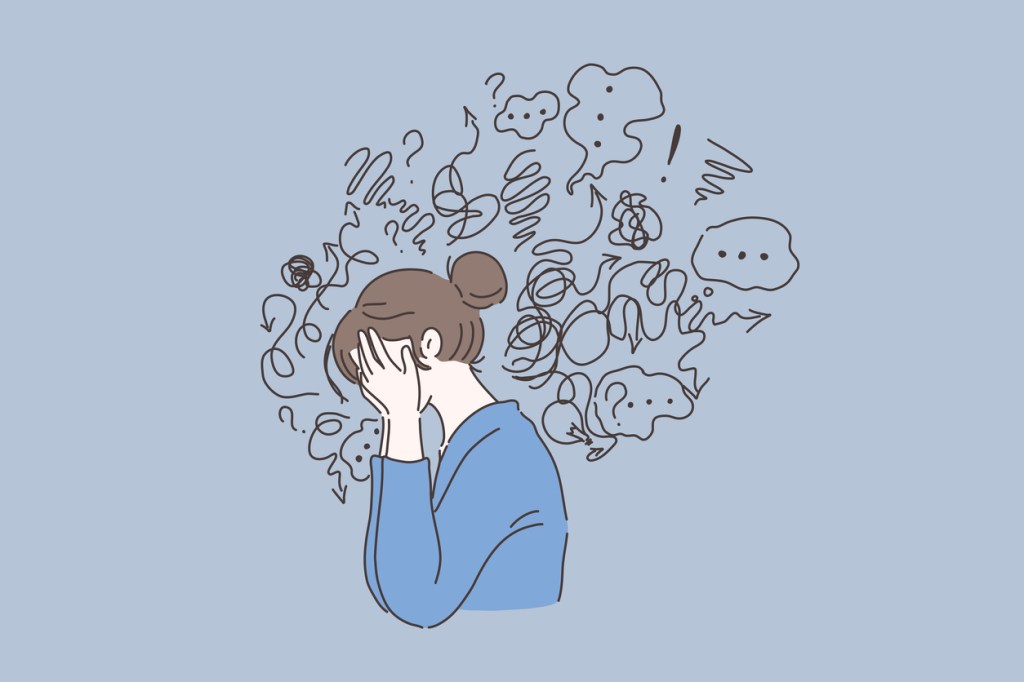
On the flip side, our right hemispheres are worth much more than we tend to give them credit for — and not only is this side of the brain the key to freeing ourselves from anxiety’s chokehold, but Beck said it’s “the only place we get a sense of meaning and purpose.”
How to Move Into Your Creative Brain
Before Beck initiated her experiment of prioritizing creative pursuits and assessing their impact on her well-being, she had only ever been able to meditate her anxiety “down to a flatness.” But after designating a full month for drawing and painting, she found herself in such a state of bliss that she kept going after her set timeframe came to a close. “When I gave myself free permission to put artistic, creative things first, I am here to tell you, it was as if I’d gone on some really good drug,” she said, adding: “I was in ecstasy, and it never stopped.”
This, Beck says, is the creativity spiral: the mirror image of the anxiety spiral that not only shuts down fearful thoughts, but creates a sequence of positive feedback and a sense of fascination. As she writes in Beyond Anxiety: “Where the brain’s left-side spiral sparks fear and makes us want to control things, its right-side spiral sparks curiosity and makes us want to create things.”
If you can’t drop all your responsibilities right now to paint the day away, we hear you. What can you do instead? Beck advises practicing something she deems “sanity quilting,” which is “when you drop the patterns given to you for how to succeed — you know, ‘get this school, get this job. Don’t think about your own happiness.’” Instead, make a creative activity that you love the first priority for your time, then add on another piece, “and then another piece, and then another piece until your whole life timeframe is filled with things you love.”
And for those who feel like they’ve lost sight of their creative passions, or simply don’t consider themselves creative, Beck insists everyone is born with this ability. She mentions a NASA study from the ’60s that found 2% of high-achieving adults scored at the level of “creative genius” on a test initially crafted for recruits to the space agency. Ninety-eight percent of 5-year-olds who took the same test, however, hit the mark.
“Literally, anything you do that makes something new in the world, an event or an object, I call creativity,” Beck said. “If you make a sandwich, if you make a garden, if you make an interesting conversation, if you sing a song a new way, you are doing art.”
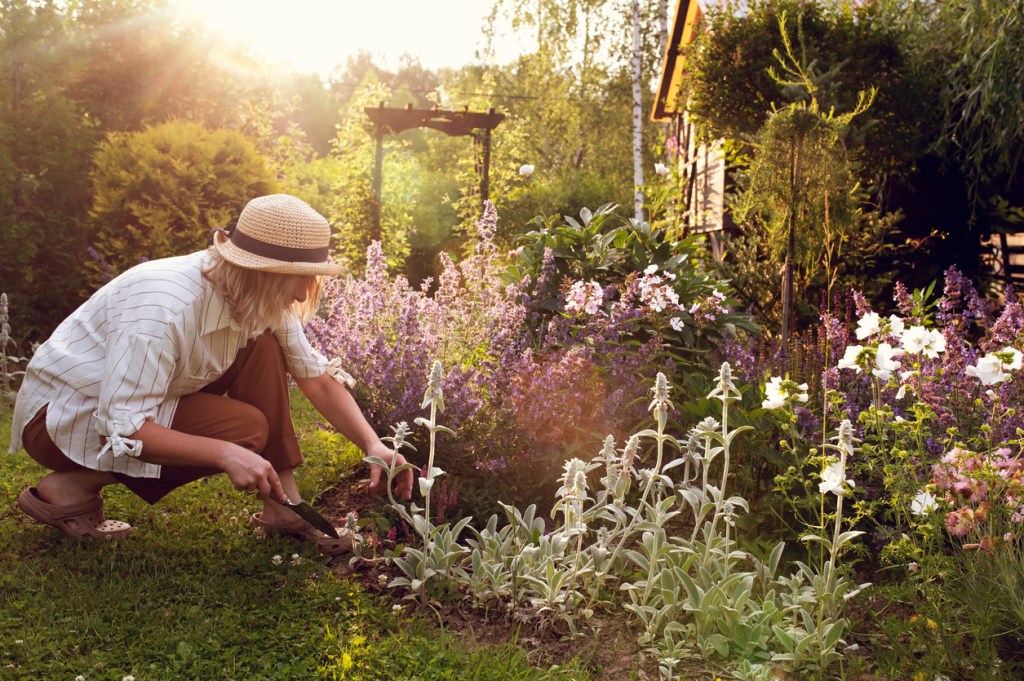
Beck has experienced such a “huge change” from her own newfound relationship to creativity, in fact, that she hasn’t even put much thought into how her new book has been selling: “I’m so intoxicated by creative pursuits that I just don’t check on things that I can’t change anymore.”
Sounds like a pretty great way to live. “It is!” she exclaimed. “Come on in, the water’s fine!”
RELATED: Creativity Is Good for Your Mental Health, Study Finds — Try These 6 Activities to Boost Your Mood
When you buy books through our links, Nice News may earn a commission, which helps keep our content free.
